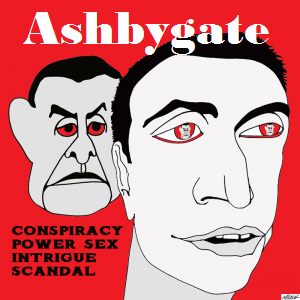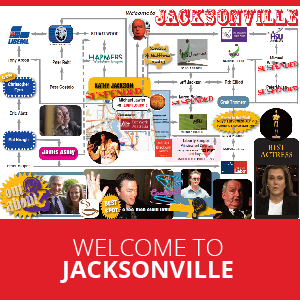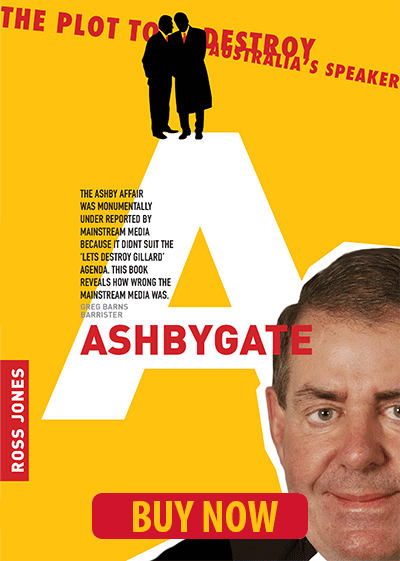A settler’s coded diary of killings is challenging Australia's comfort with its colonial past and raising new questions about who gets to control the historical record, writes Dr Rosemary Sorensen.
IN A LONG, many-roomed building on the main street of a pretty township in Central Victoria, there’s a folksy museum housing a rich collection of stuff from colonial Australia. Especially endowed with tools and other objects from when the rush to dig out gold saw tent cities, then grand buildings, spring up with surprising speed, this museum is run by a dedicated historical society.
Visiting to find out if they might be interested in teaming up with another such museum to maybe display some of their most curious and interesting items at an arts festival in the neighbouring shire, I’m impressed by the committee group, led by a man of considerable energy and apparent intensity. I wander along the aisles, stuffed with everything from the faded photographs of the men who found huge chunks of gold, to guns – quite a few guns – to clothing, to household items and toys.
Right at the back, there’s a corner devoted to a mishmash of Indigenous artefacts and artworks, which I mentioned to the president as he was accompanying me out the door. The conversational mood shifted, wariness replacing comfortable chat. Then it changed again. Bombast.
Apparently, this bloke knows better than anyone, better, indeed, than do-gooder historians and the local Indigenous organisations, about Aboriginal history. I’ve researched it, he says. They don’t like me much, but I’ve got the research to prove what I say.
It was a dreary, wet afternoon, the day I visited that museum. I left to drive the grey road fogged with drizzle, feeling like I’d just been soaked in sadness. It got me thinking: What is it about men who do a bit of reading and decide they know it all? And why does amateur history attract cranks, bigots, conspiracy theorists and writers of little talent?
Same thoughts rose to the inky surface as I read the brilliant work by The Guardian journalists Sarah Collard and Ella Archibald-Binge, along with Professor Lorena Allam from the Jumbunna Institute for Indigenous research at the University of Technology, Sydney.
The Killing Code is part of their long-running Killing Times web project documenting the history of Australia’s frontier wars — a University of Newcastle collaboration with funding support, it should be mentioned, by the Balnaves Foundation (three cheers to them). The Killing Code is the story of Western Australian pastoralist Major Logue, who noted in his day-to-day diaries dating from the early 1850s how and when he murdered Yamatji people. He used a simple code, called Pigpen, to disguise these facts so that his 50 years of diary writing would not immediately incriminate him.
There is no doubt that the diaries exist (or existed, the unidentified descendant owner claims to have now destroyed the original leather-bound ledgers) because the microfilm copies made in 1955 are available to read in the State Library of Western Australia, codes and all. Geraldton-based historian Nan Broad read the originals when she was researching a PhD in the 1990s and could see, she told The Guardian, that 50 years of colonial diary was worth publishing, in all its tedium about cattle, breakfasts and station business. Her copies were made with the help of Geraldton Library, and she planned to transcribe and publish. But here’s the bit that really rattles.
“To protect the person who holds the diaries we felt it was... expedient , perhaps, to not have that in writing,” Broad told The Guardian, referring to ‘all the sections in which Logue wrote about frontier killings’.
Sections such as:
Saw some natives [then in code] and rode at them rector shied and put his foot in a hole and fell crushing my left hand and knee and knocking the cap off my pistol caught rector and gave chase to a n***er applied pill Menzes and Narrier did for two more...
We found every thing on the battlefield just as we had left it except that two of the bodies had been buried out of a bush and laid close together and the dead dog removed.
Nan Broad says she supports truth-telling, but also supports her publisher’s decision to leave out Logue’s own evidence about killing people:
“It’s not old history yet to be looked at dispassionately.”
The publisher is Peter Bridge of Hesperion Press, which has a bookshop, according to the website, at the rear of 65 Oats Street, Carlisle, Western Australia. Specialising in ‘exact transcriptions of diaries of exploration in Western Australia’, Hesperian is also currently working on an ‘index of the names of settlers who came to the Swan River settlement of Western Australia between 2nd June 1829 and 14th November, 1829’.
Bridge replied to The Guardian’s questions about why the coded sentences are being removed from the intended publication by suggesting they are “simply unprintable”:
“If your concern is that the code may conceal politically potent material, I suggest you take that up with Logue himself, who is, unfortunately, unavailable for an interview. We publish the diaries because they are historical documents, not a moral confession.”
And here’s the bit that reminded me of that grey day among the dusty stuff of the cluttered historical museum:
“By publishing Real History, and especially accurate Aboriginal history and culture, we have upset some mainstream media, the WA Museum, the National and State libraries, and other degenerating institutions.”
It's a pity to focus on this aspect of The Killing Code when the whole feat of reporting is a must-read. The descriptions of meetings between the descendants of Logue who want the truth to be told and the people of the Naaguja Yamatji country where the massacres took place are very fine, impossible not to be moved by. One of them, Theona Councillor, calls out to descendants of settler families to “stop clinging to a false narrative” and suggests they “add the Black history in there, and be brave enough to hear it”.
Seems like a reasonable request.
Back when the culture wars were making merry headlines and PM John Howard found it useful to catch the term “black armband history” and scuttle to the try-line, I was (temporarily) employed at the ABC and was among those summoned to throng around the PM who was visiting so we could hear his brief address. I went, wearing a strip of black ribbon tied around my upper arm over my white shirt. I recall it now, bemused at my younger self’s weak courage.
Even if John Howard didn’t notice this pathetic little gesture, maybe the ABC hierarchy did. The employment was certainly temporary.
Dr Rosemary Sorensen is an IA columnist, journalist and founder of the Bendigo Writers Festival.
 This work is licensed under a Creative Commons Attribution-NonCommercial-NoDerivs 3.0 Australia License
This work is licensed under a Creative Commons Attribution-NonCommercial-NoDerivs 3.0 Australia License
Support independent journalism Subscribe to IA.















